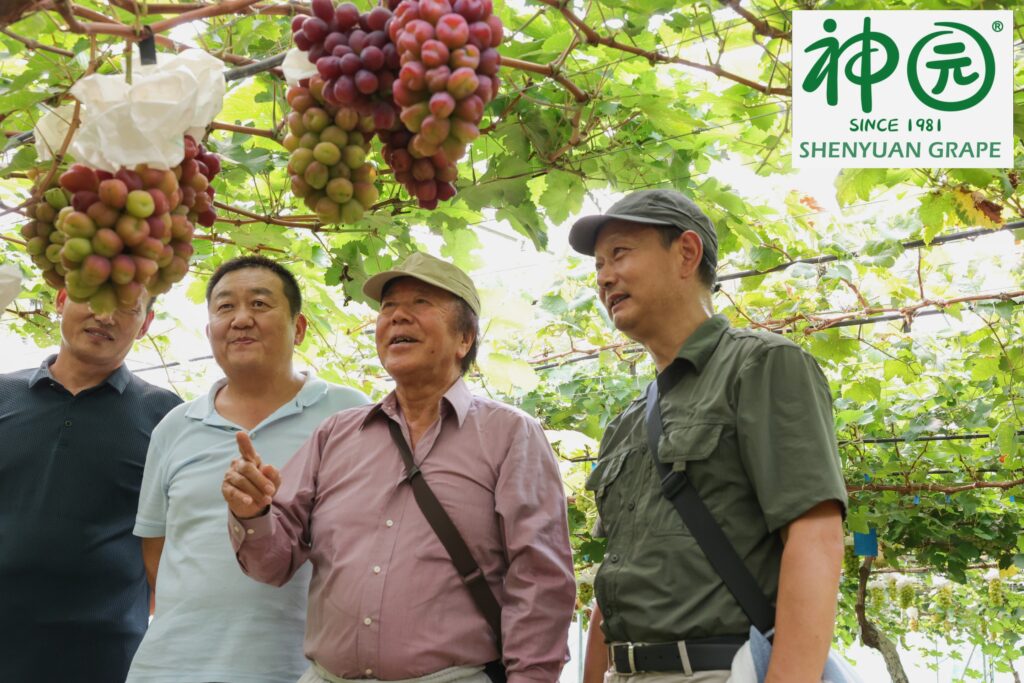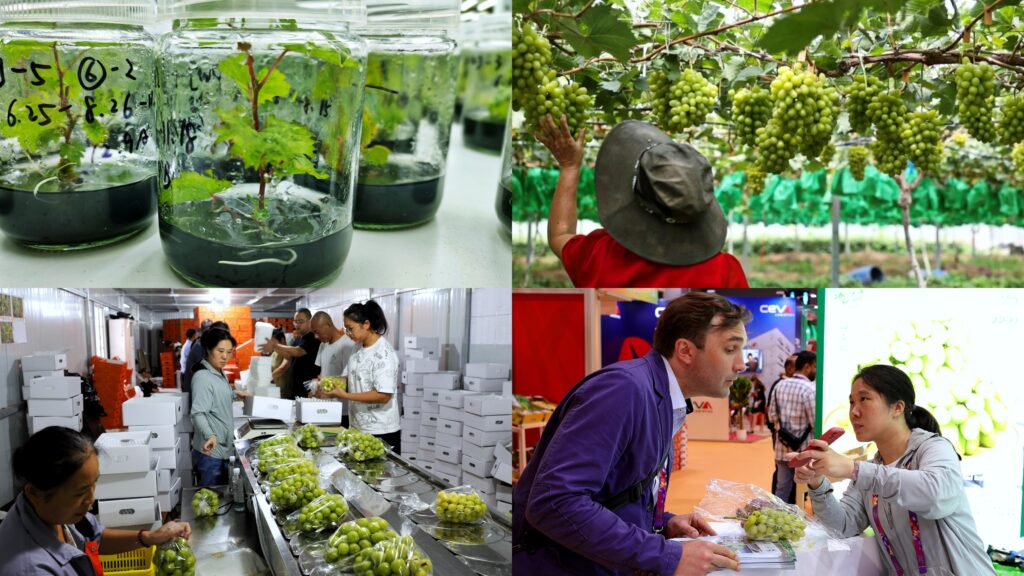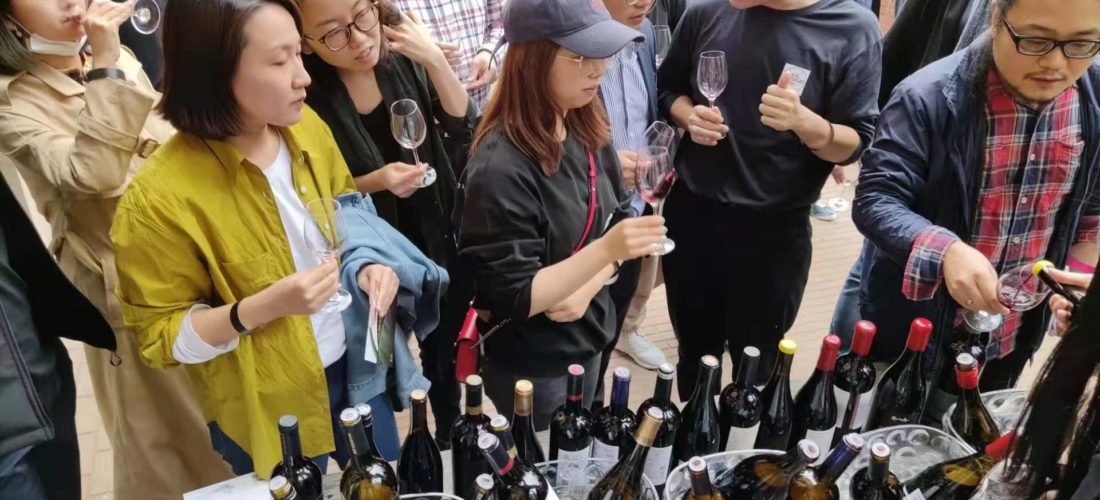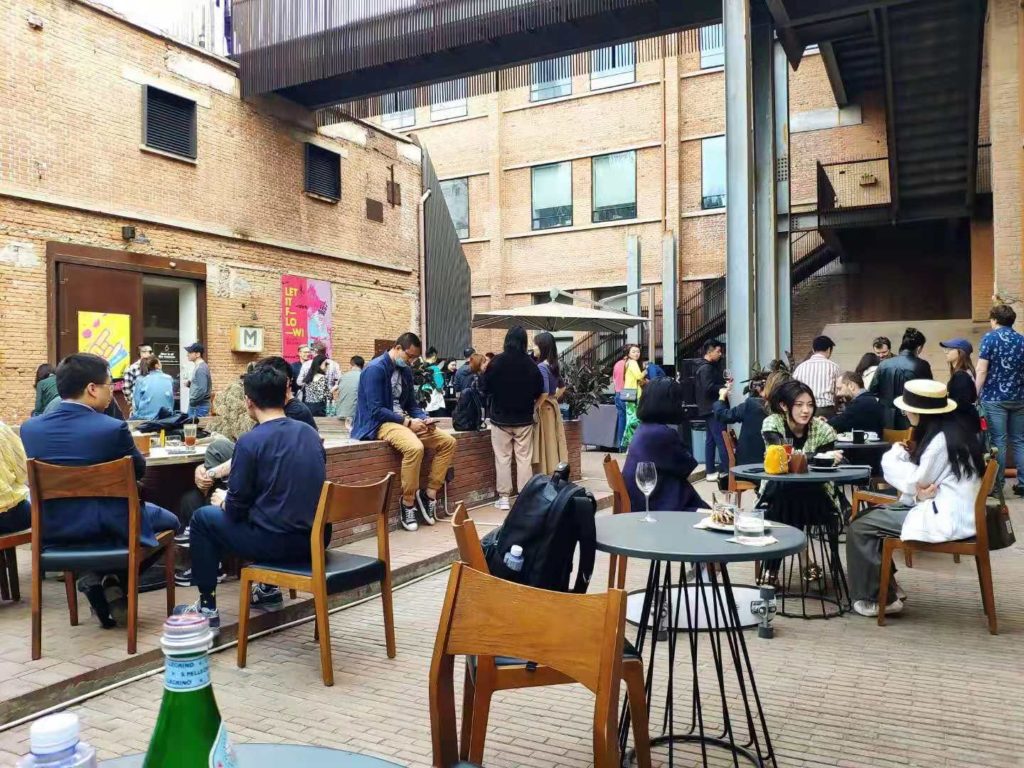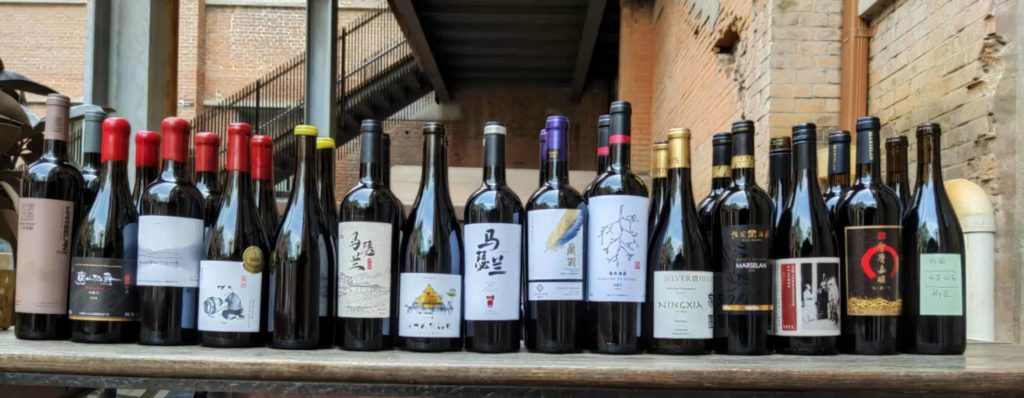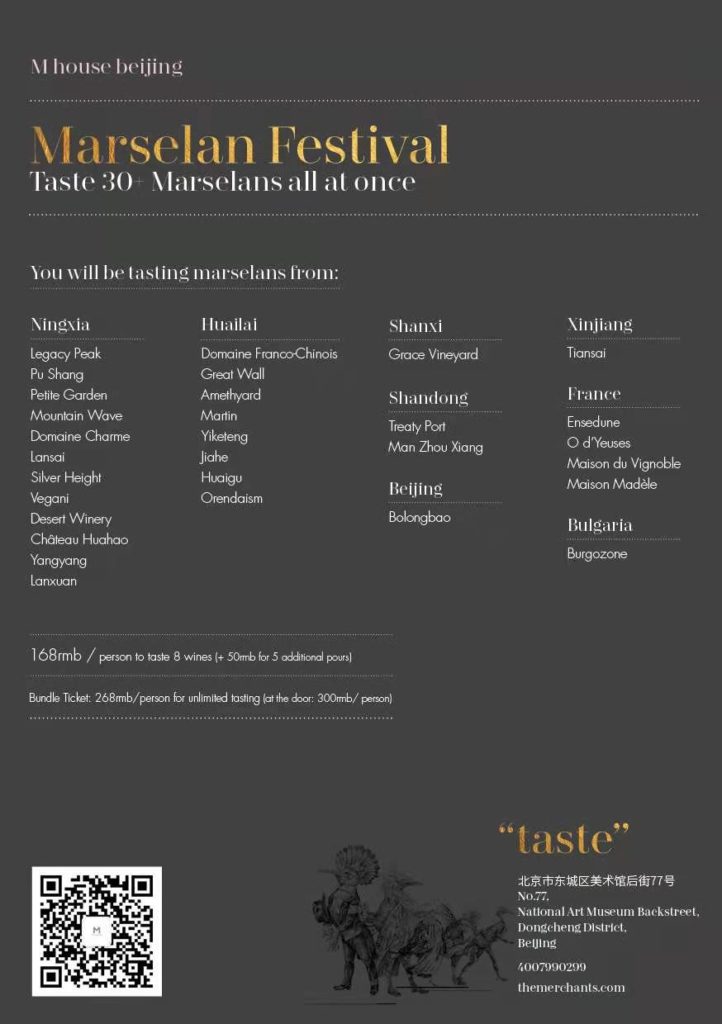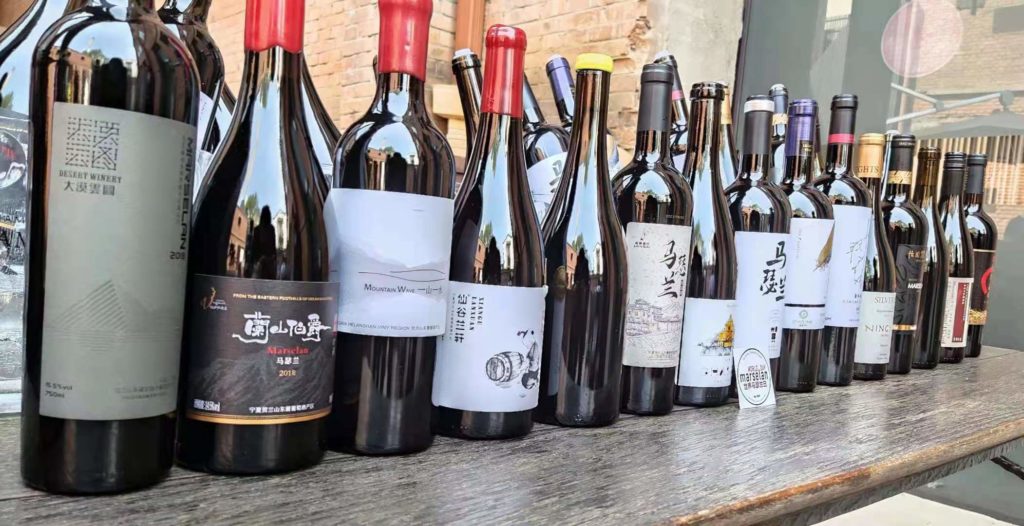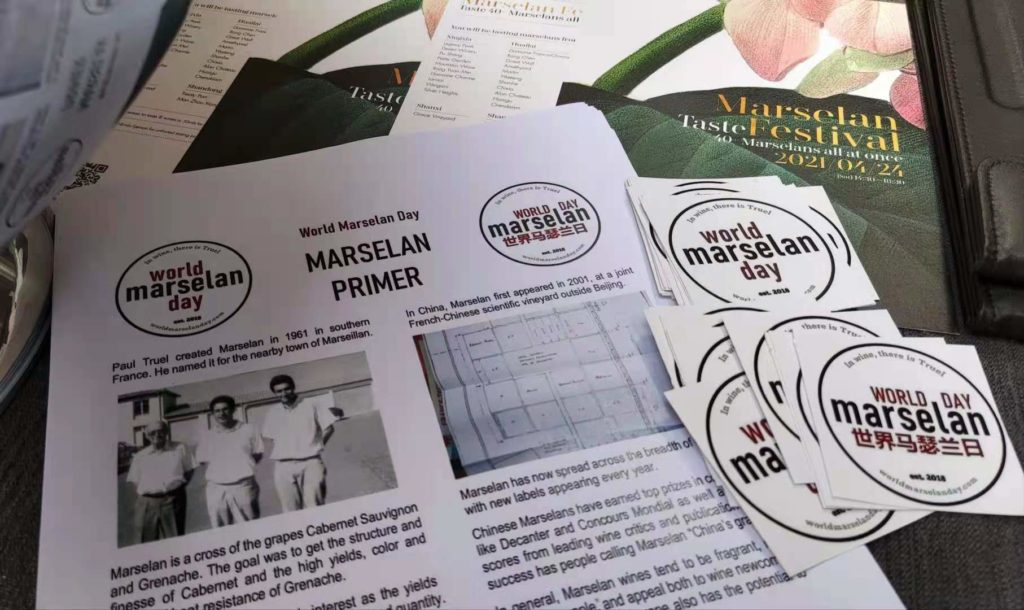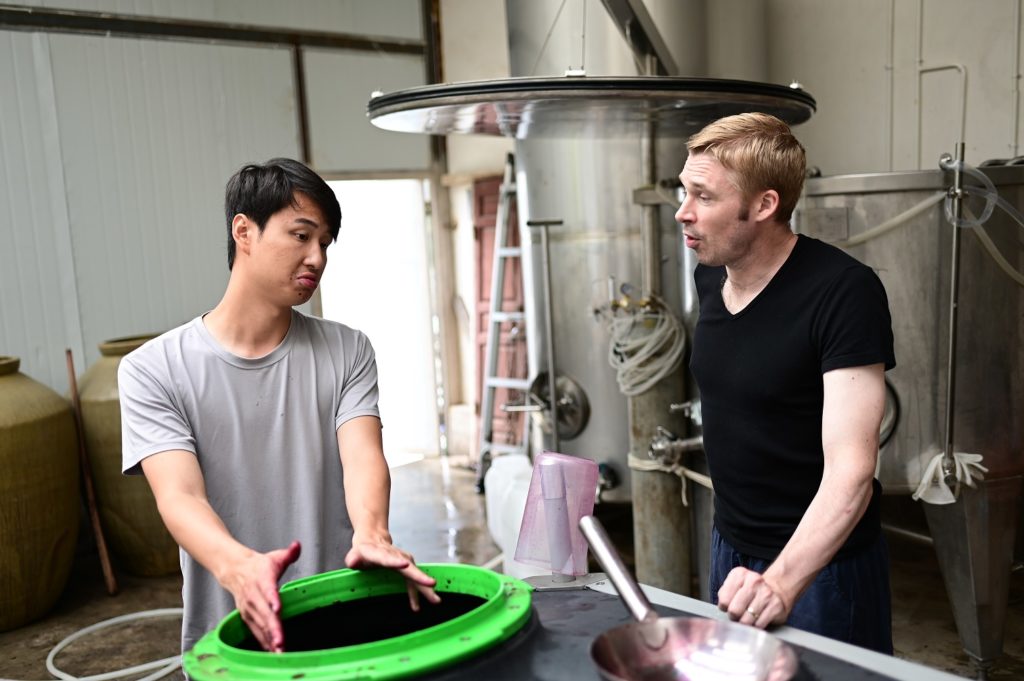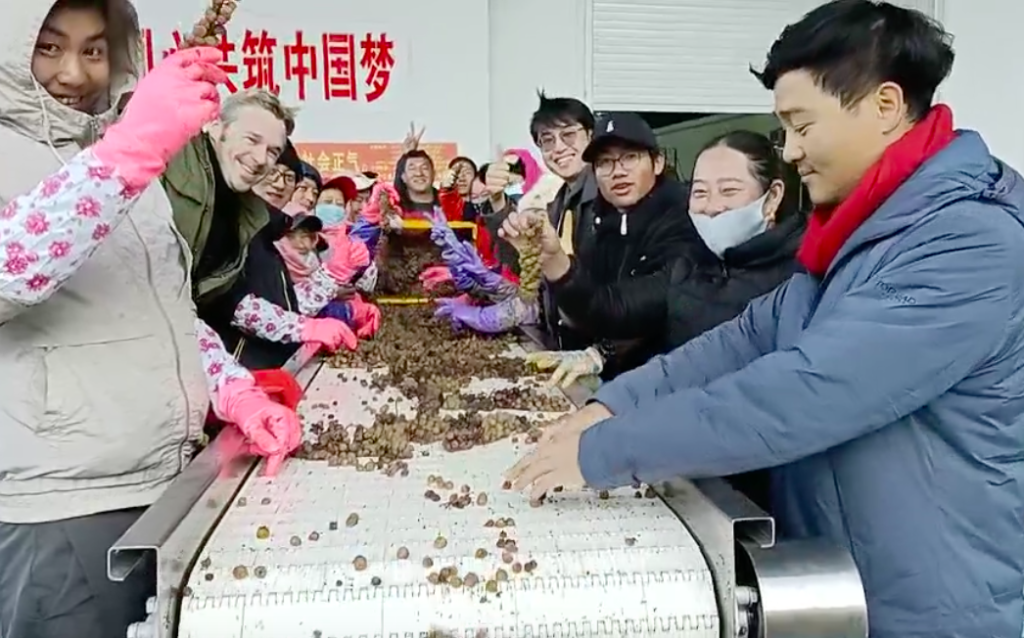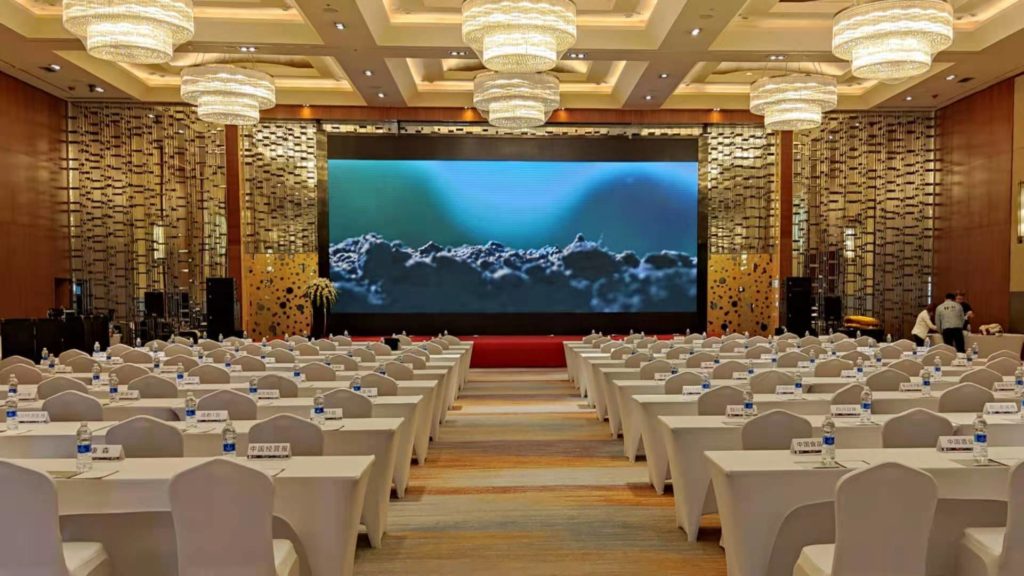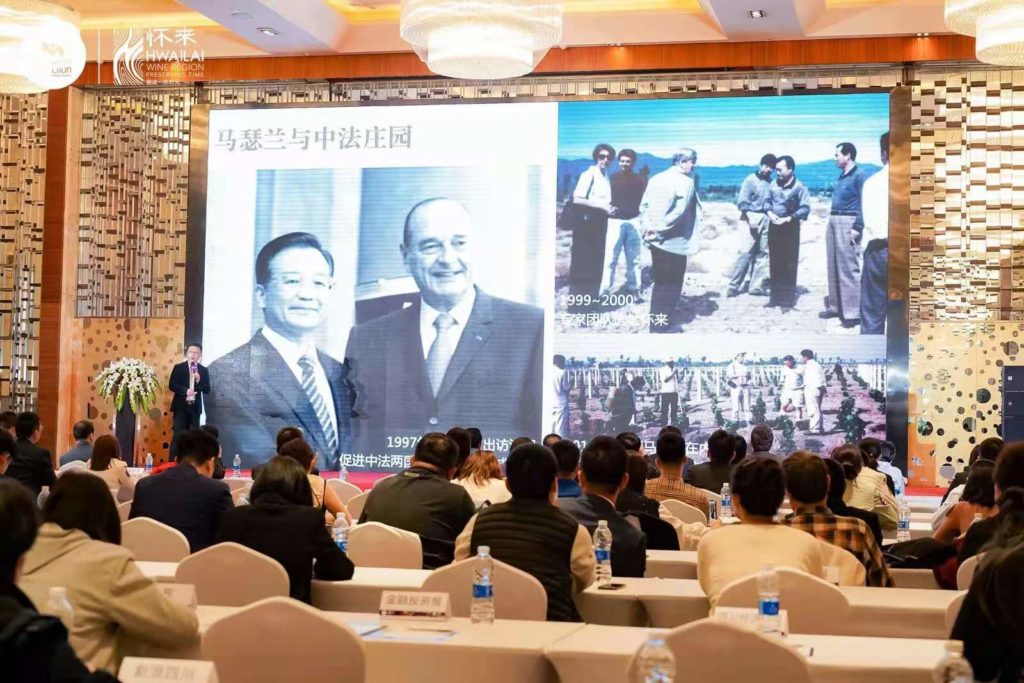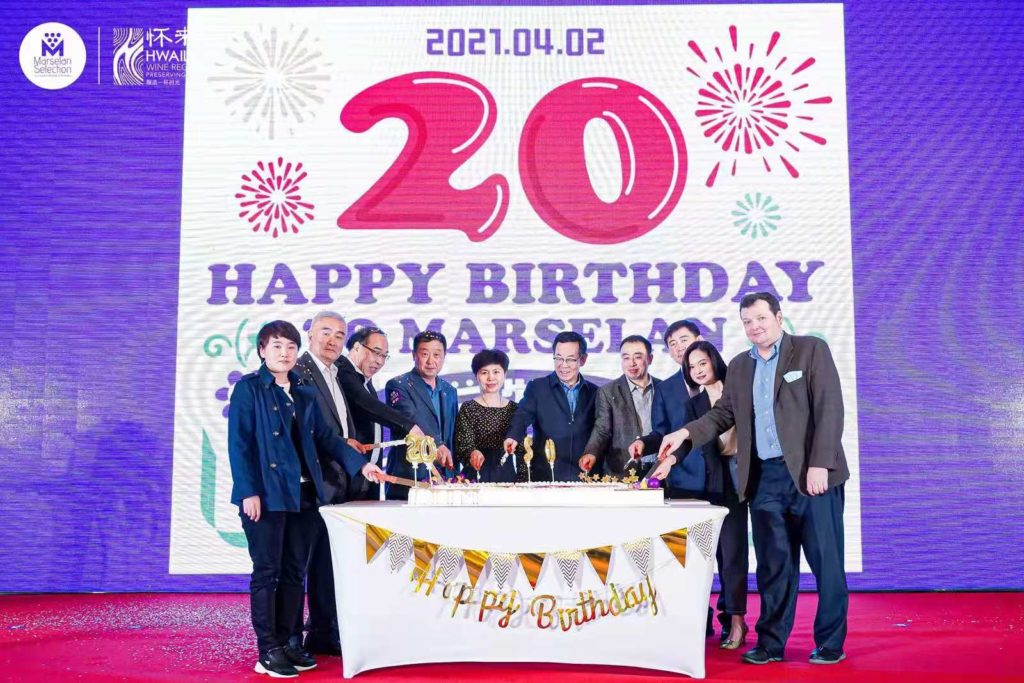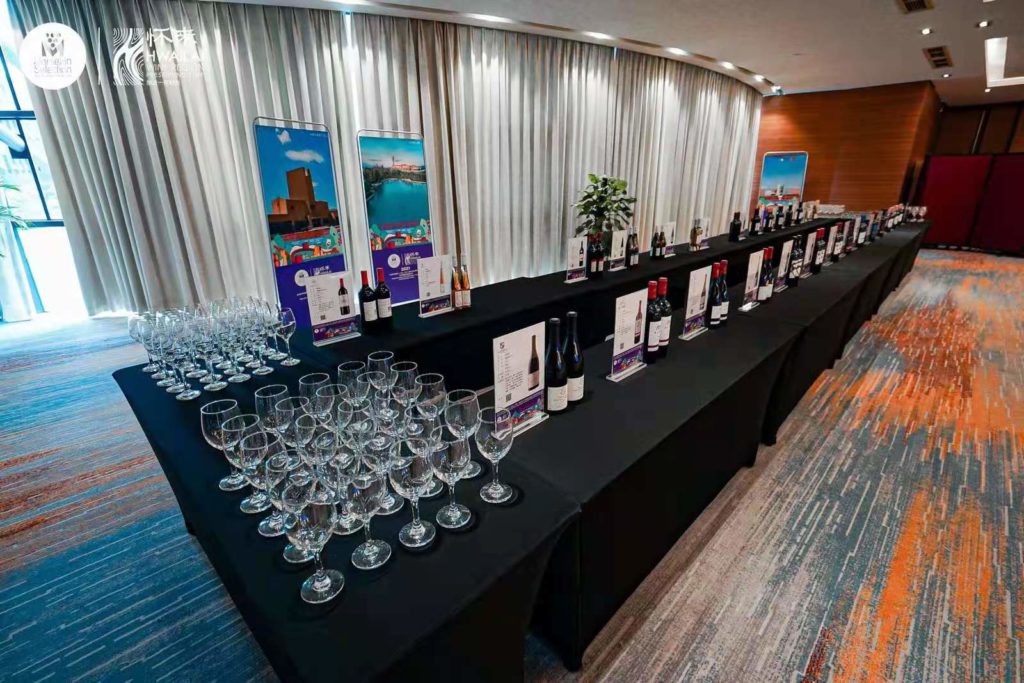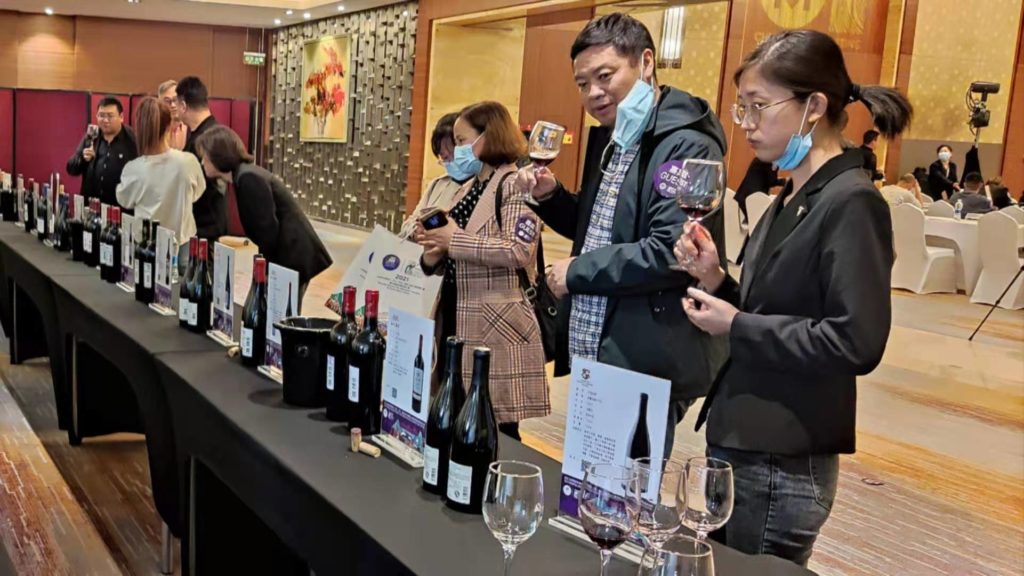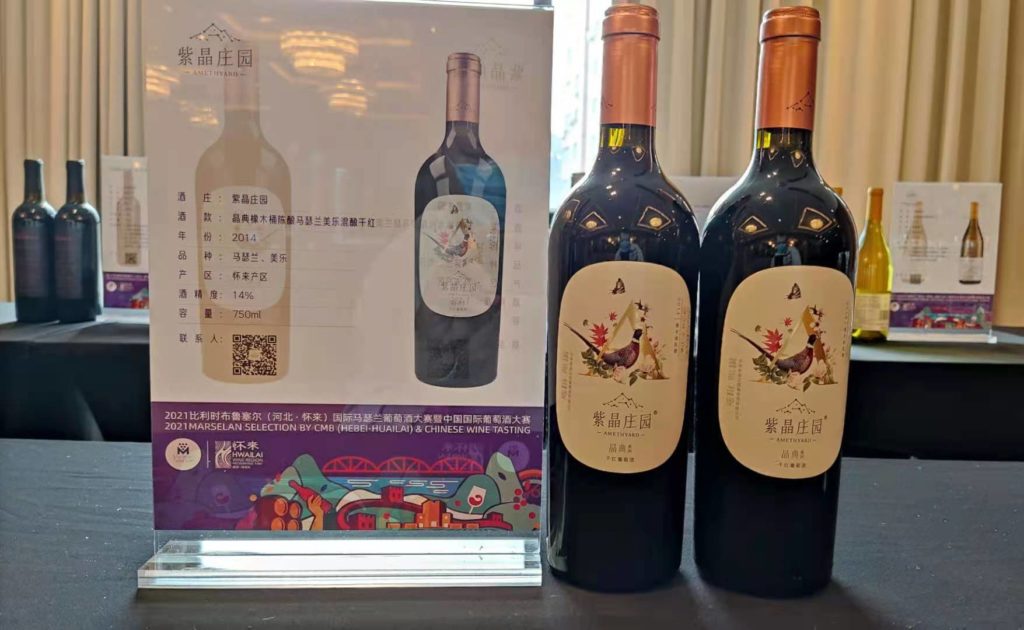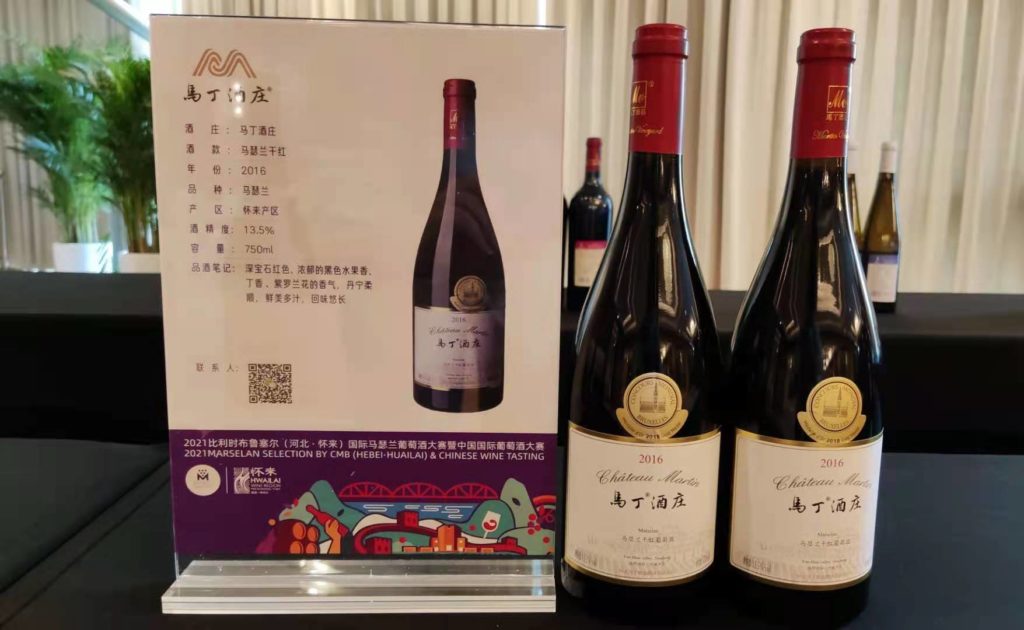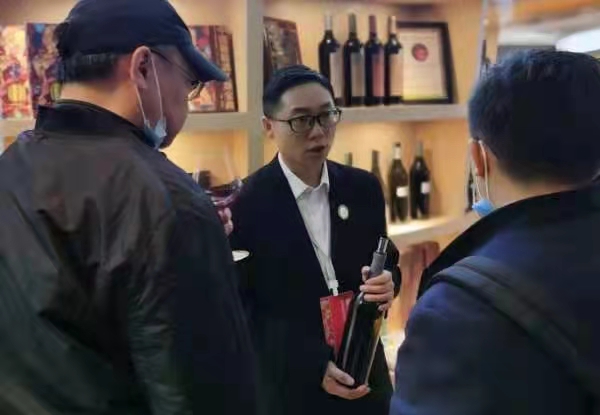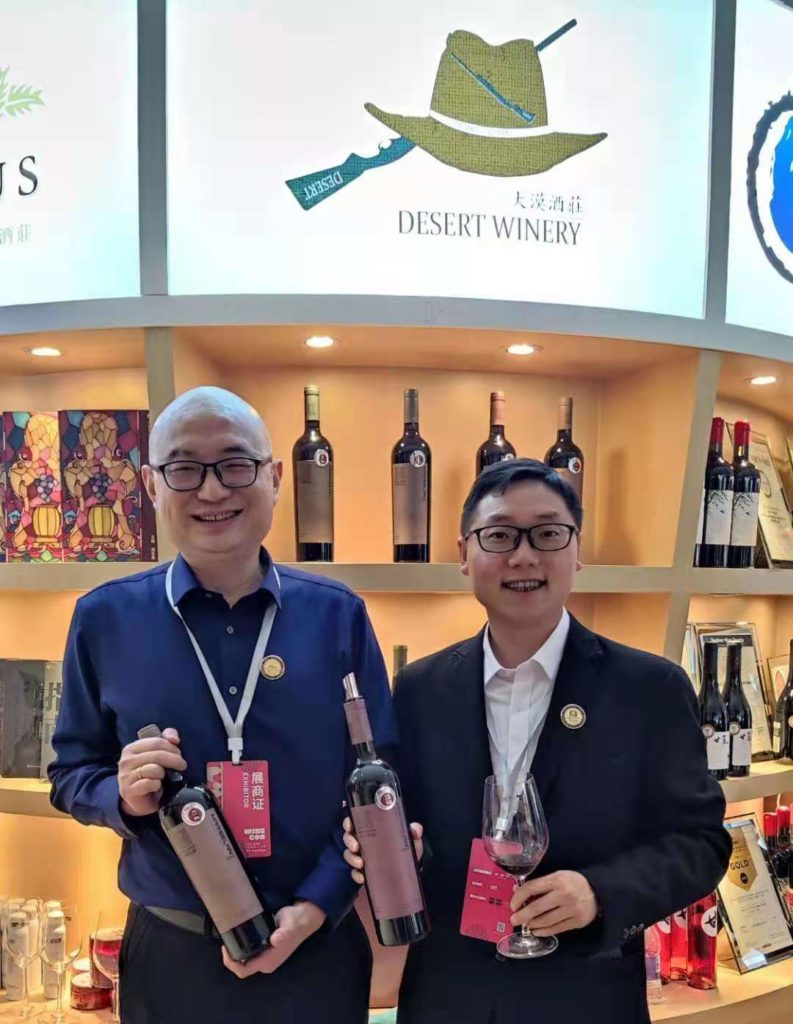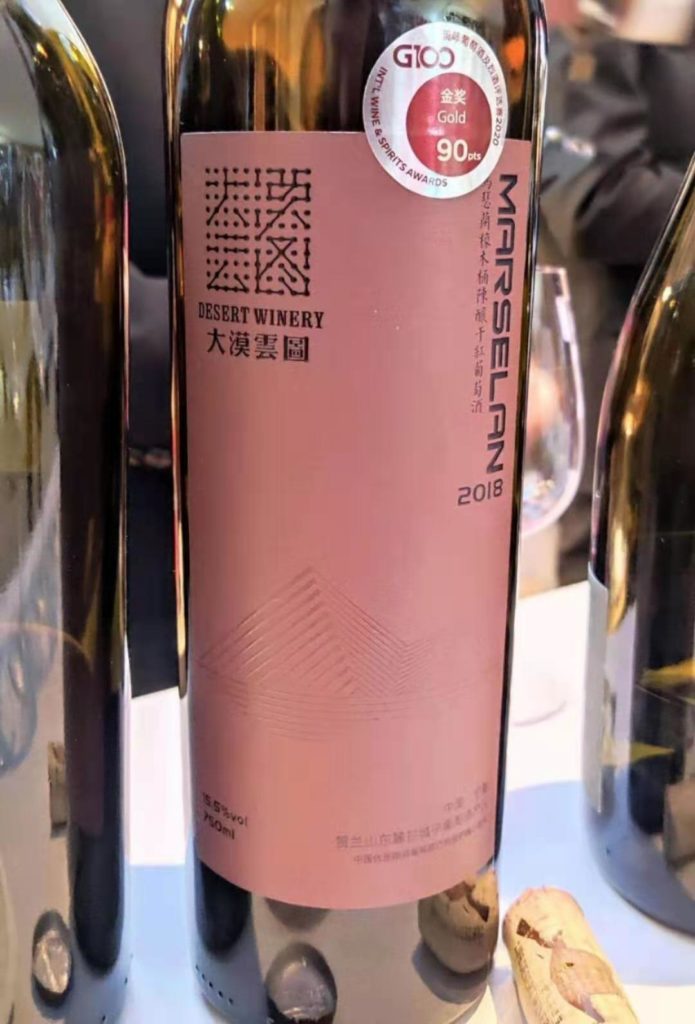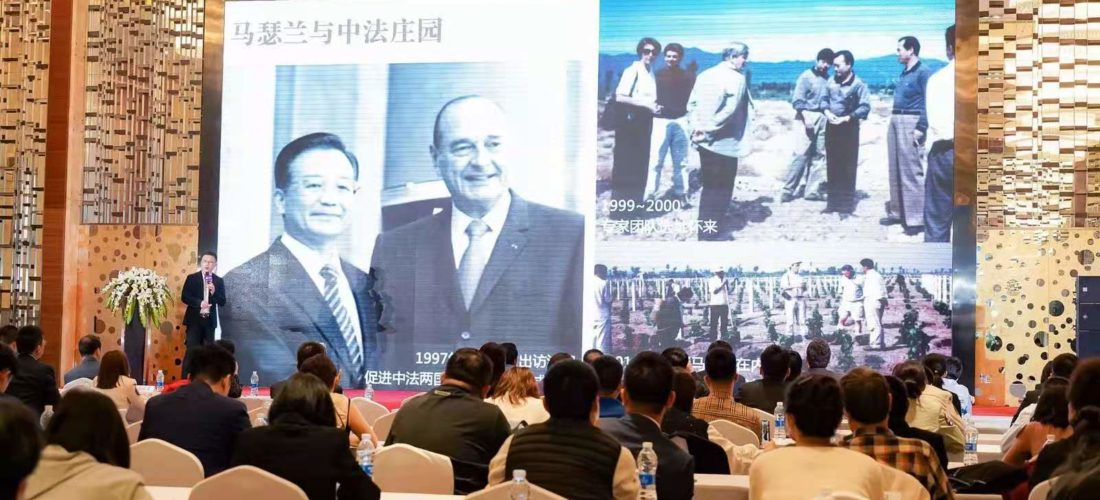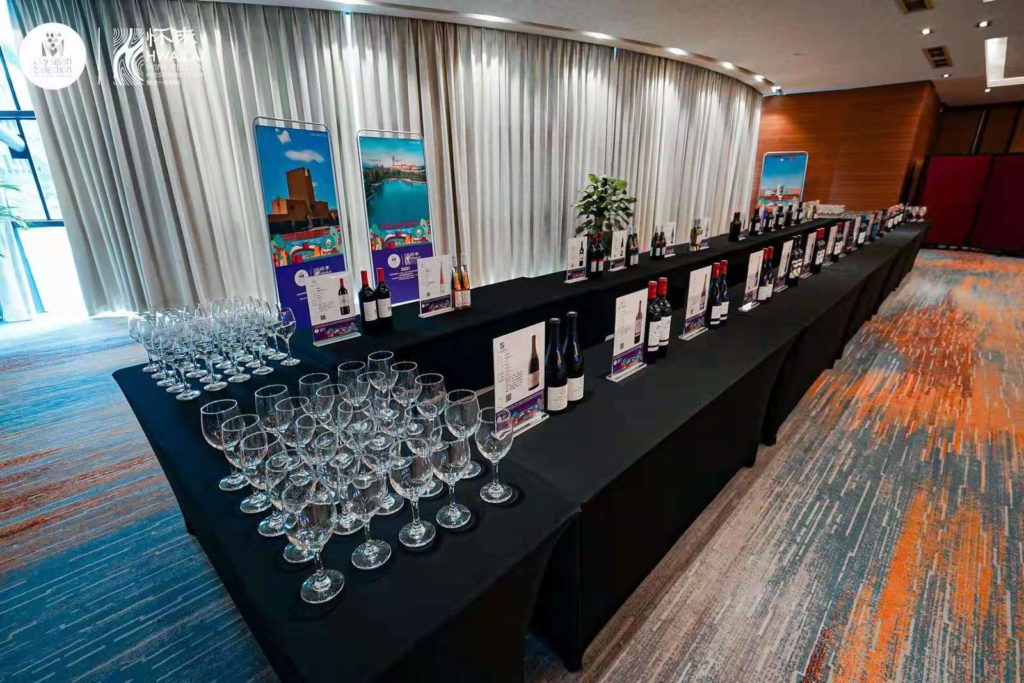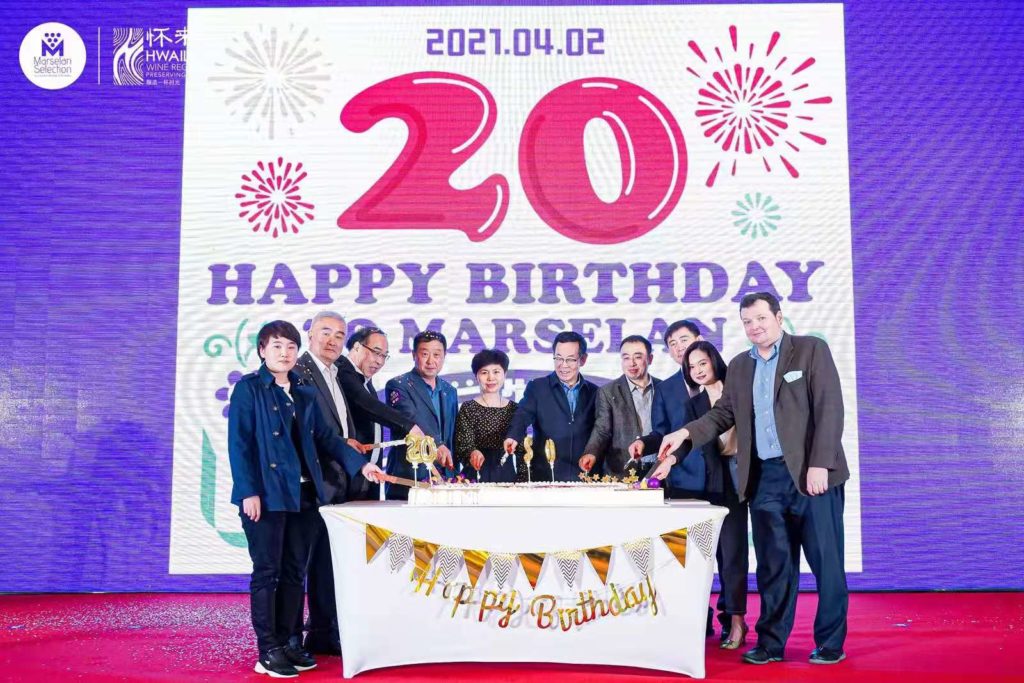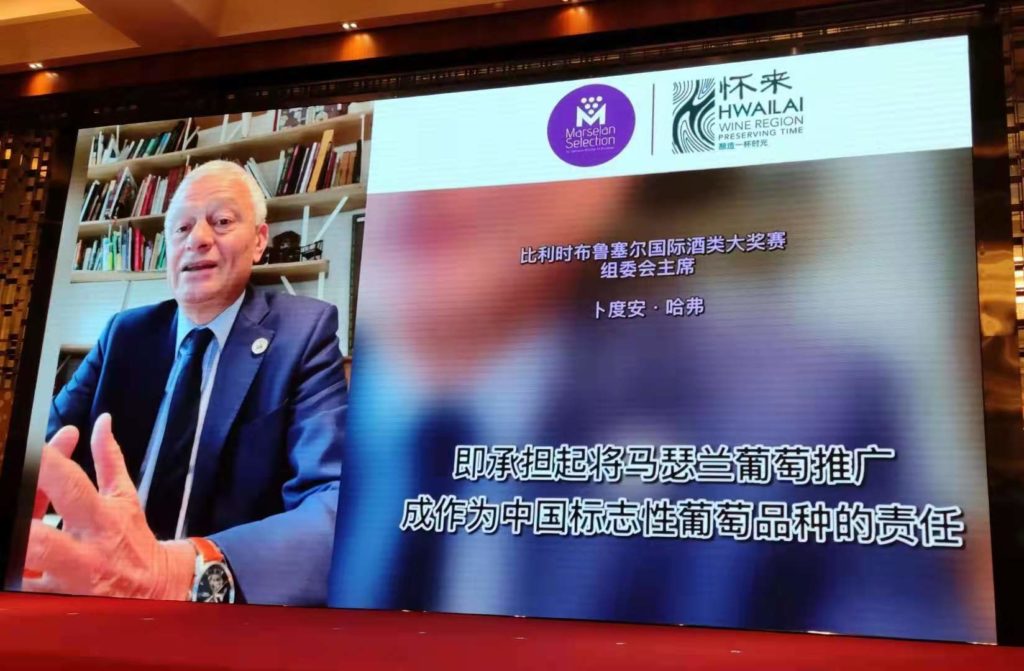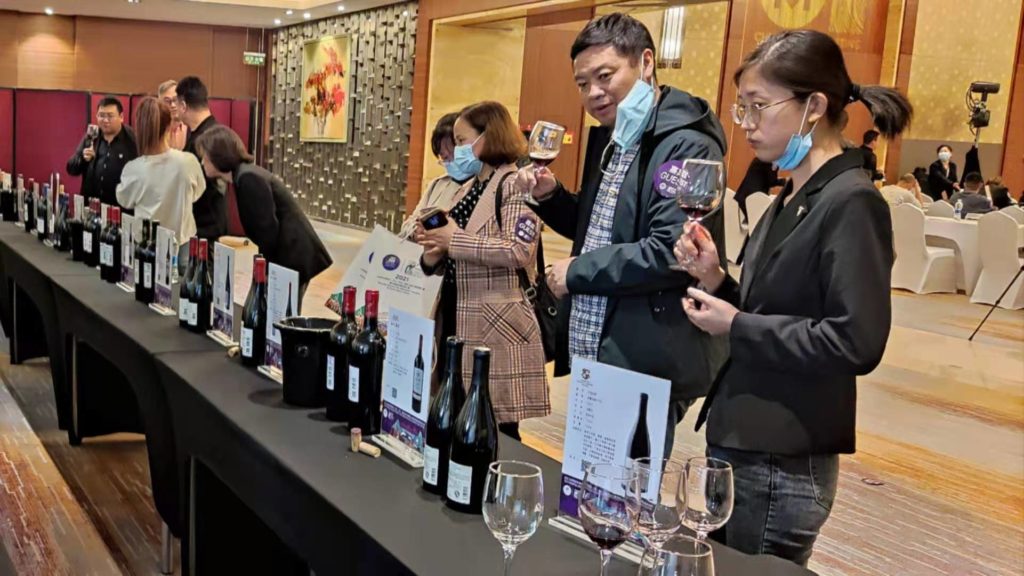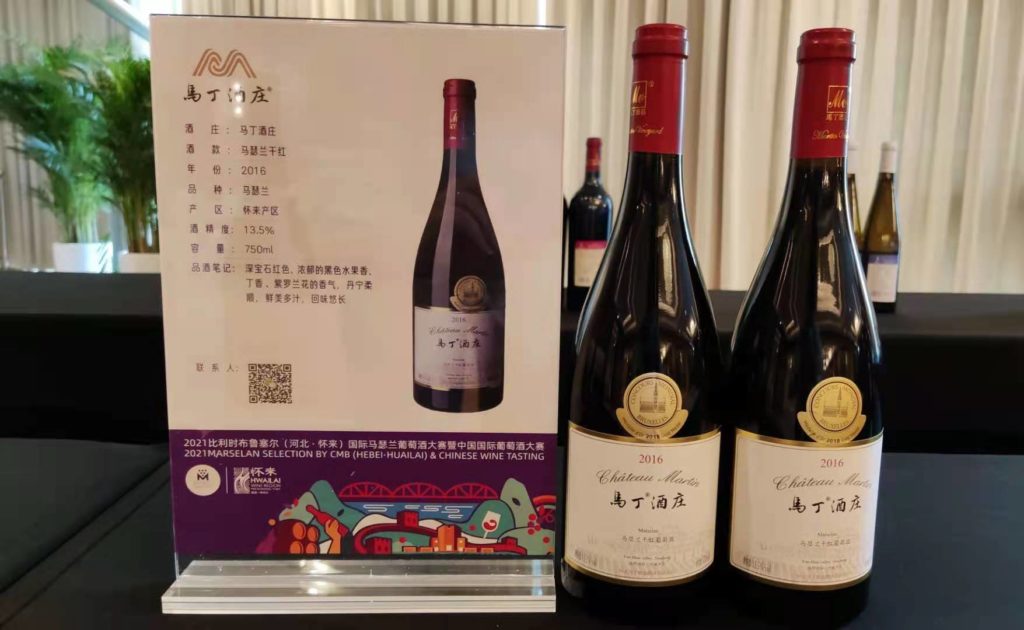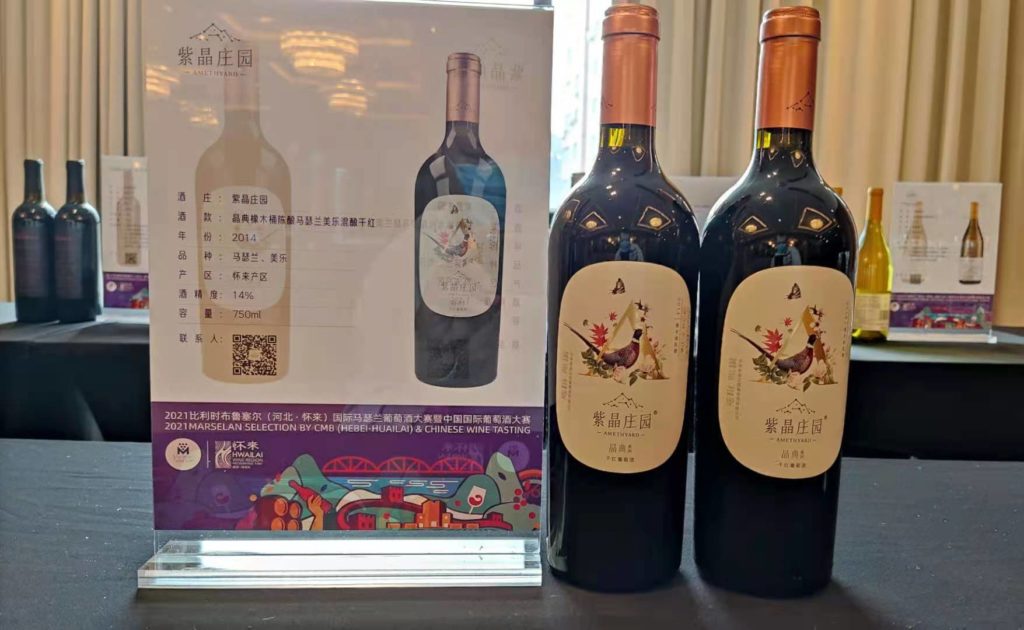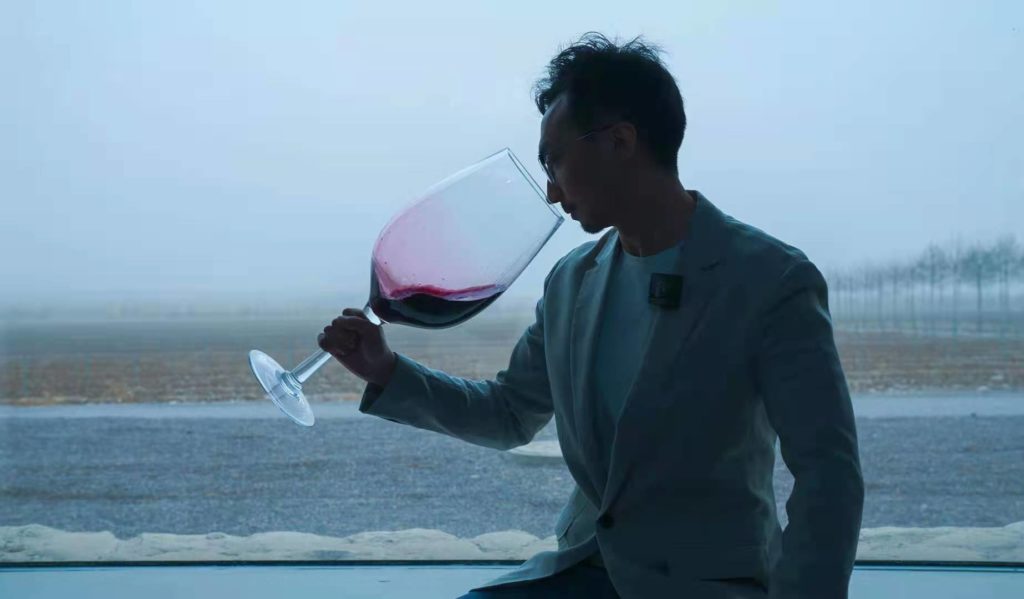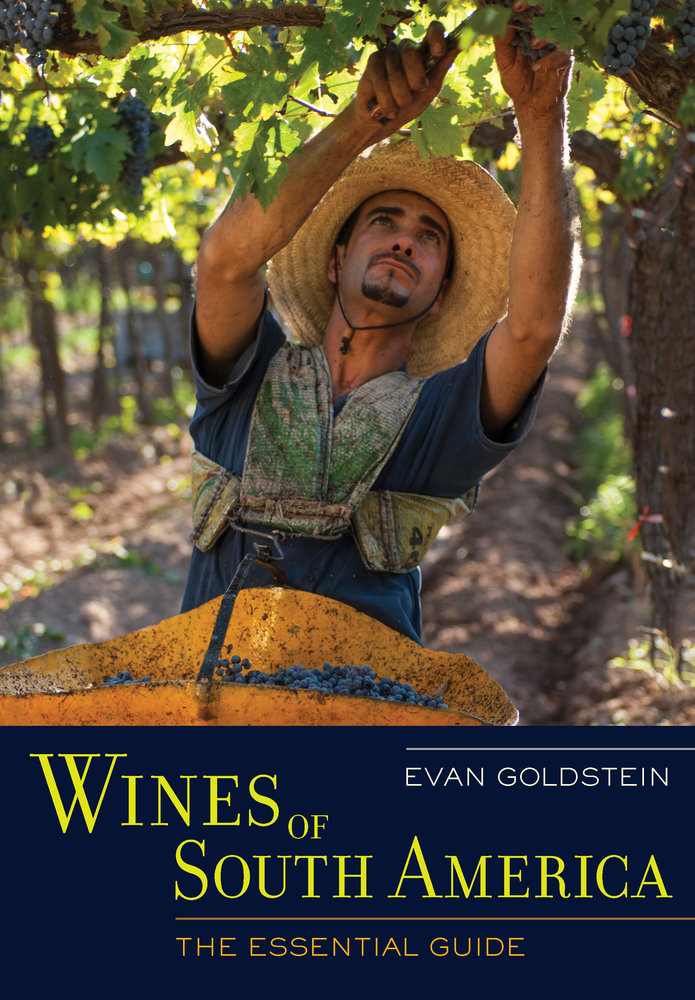Shanghai-based Lionel Le Gal has held a World Marselan Day event every year since the project launch in 2018. I asked Le Gal, who is a Chinese wine expert, organizes tastings, writes for Global Gourmet and has joined harvests at Yunnan’s Xiaoling Estate and Lapu Valley winery, about his experiences.”
Boyce: What have been the themes of World Marselan Day events you have held over the years?
Le Gal: In 2018, I was in charge of a wine bar project, so I featured Marselan by the glass, as a discovery theme.
In 2019, we did a home BBQ party: this is how I discovered that Russia was a Marselan producer!
In 2020, just past the worst of the COVID-19 crisis, we managed to put together a tasting for the trade and consumers, with a lineup of 20 Chinese Marselans from four regions, with help from CLOVITIS, a winemaking consulting agency.
And for 2021, our event will feature a winery owner, who was a pioneer in planting Marselan in Bulgaria!
How have the trade and consumers reacted to this grape? Do people who attend already know something about it?
For the trade, it usually revolves around curiosity and wine knowledge, getting to know market trends and niche / exotic grapes. Consumers are also curious and keen to show off they know something about a unique grape.
Usually, attendees have already heard about Marselan and wish to do a deep dive, to know more about the styles, history and regions.
You have tried Marselan from across China. What regional differences do you find?
In Shandong, Marselan tends to have a light body, and a mineral, almost saline, character. Ningxia and Xinjiang Marselans are lush and opulent, due to long maturity from good strong sunshine. And in Hebei, the wines are concentrated, with high tannins and big aging potential.
Beyond the regional differences, wine-making practices have a lot of influence on the wine style. Terroir is made of weather, soil and winemakers.
Do you think Marselan can become China’s signature grape, as some people hope? Do you see any other grapes with great potential?
Possibly, as long as some work is done on pricing in order to produce entry-level cuvée. China’s wine landscapes and climates are very diverse, so I can eventually foresee a specific grape by region, though this will take 20 to 30 years to come to completion.
Malbec, Syrah, Tempranillo and Pinot Noir are on trial at different corners of Chinese vineyards. I am looking forward to seeing some Grenache and also Italian grapes, too.
Say I’m a curious consumer on a limited budget. What are three Marselans can I try?
Excelsis Vineyard 2019 (Penglai, Shandong) 满酌香酒庄, 圣膺嘉酿, 蓬莱南王缹, 2019 (240 RMB)
Grace Vineyard, Tasya’s Reserve Marselan 2017 (Taiyuan, Shanxi) 怡园酒庄, 山西 (RMB 257)
Petite Garden, Be4 Marselan (Helan Mountain, Ningxia) 小圃酿造, B4 马瑟兰, 马瑟兰, 贺兰山东麓, 2017 (RMB 298)
But those are still quite highly priced for entry range!
(Check out more Marselan Q&As here.)
